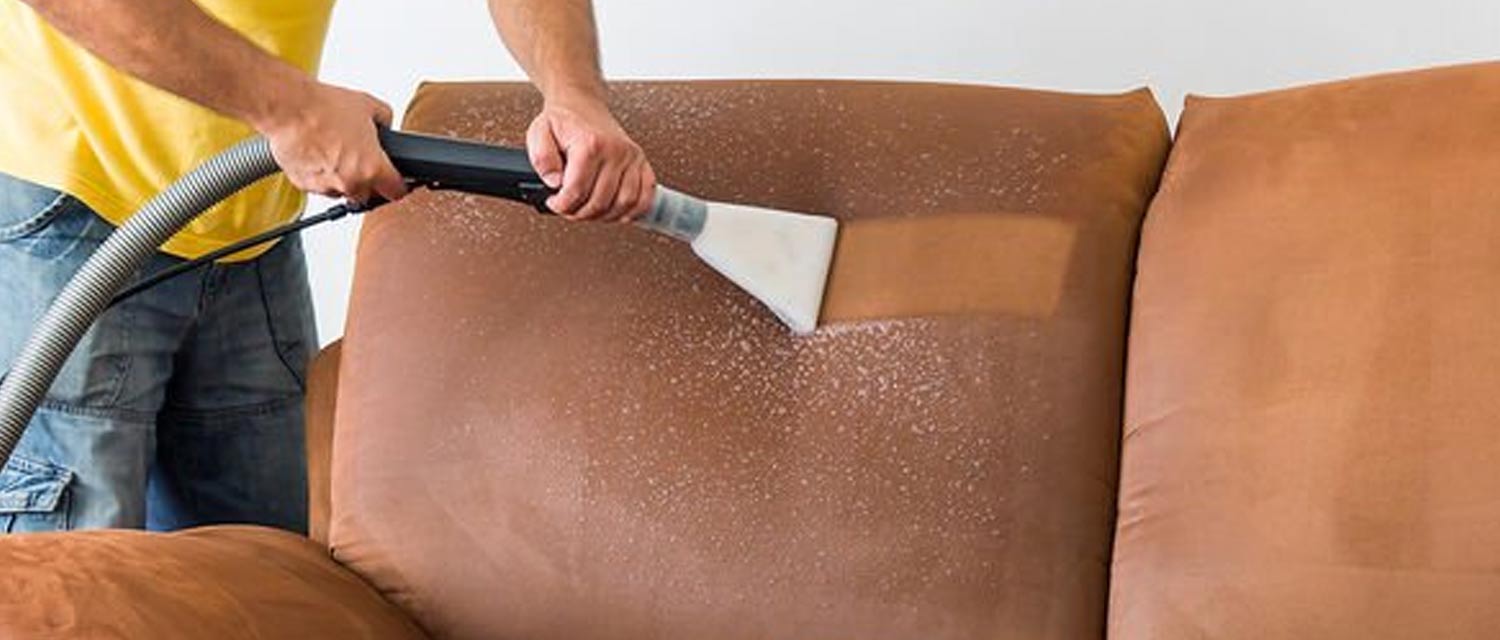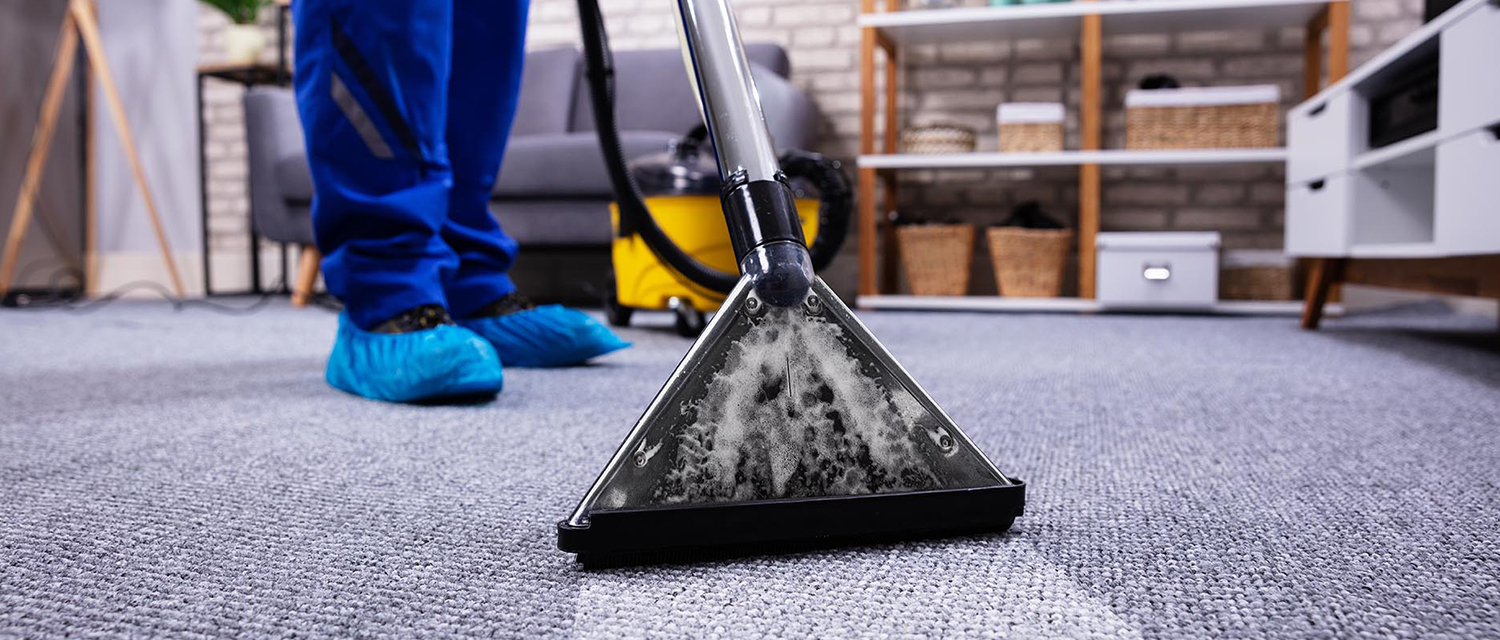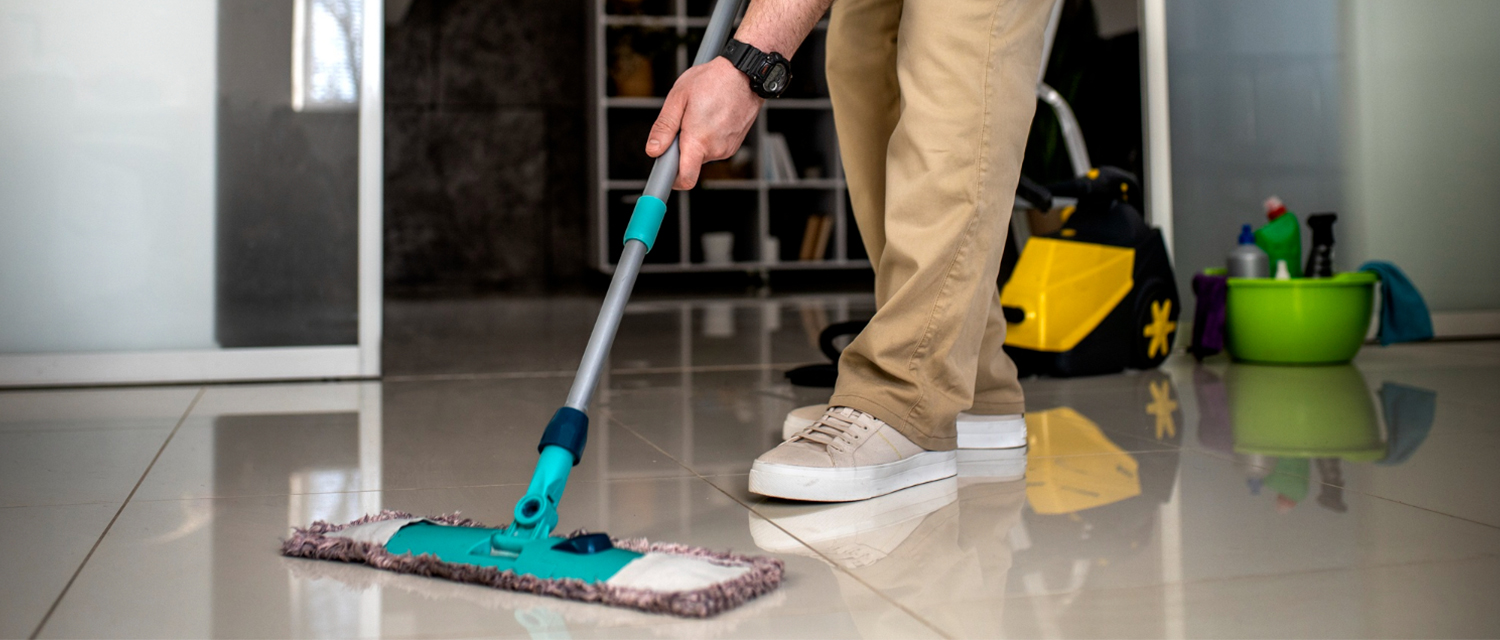Get free quotes within minutes
How to Get Stains Out of Upholstery?

Table Of Content
- Introduction
- Preparation steps for removing stains from upholstery
- Removal of stains from couches and upholstery
- Simple ways to prevent stains
- Conclusion
Mishaps occur when you are sitting, walking or eating around your sofa, couch, or chair, and they leave terrible stains on your upholstery. Minor stains, from a coffee spill on the couch to accidentally spilled red wine glass on your favourite armchair, can make it feel as though you are living with that dirty mark forever. But fear not! We have tips and a little elbow grease could help turn your upholstery into beautiful upholstered furniture again. In this blog, we will see how you can effectively deal with different types of stains and some awesome ideas to get all your furniture looking new again. Get ready to learn the secret of removing stains and finally give your upholstery a bit more love!
Preparation Steps for Removing Stains from Upholstery
Ducts are the conduits through which cooled or heated air is circulated in and out of your premises. Like any other part of the HVAC machine, the air ducts often need cleaning and safety. The National Air Duct Cleaners Association, or NADCA, states that air ducts should be cleaned at least once every three to five years. This recommendation can generally stretch to six to eight specific methods. Nevertheless, discolouration with green or black growth may indicate mould or other allergens requiring filter cleaning.
1. Identify the fabric:
Knowing the material of your upholstery is a must, as different materials need to be cleaned differently. Refer to the care label or documentation that came with your furniture for cleaning instructions. Common fabric types include:
- Cotton: It is strong and able to withstand numerous kinds of cleaning solutions.
- Velvet: Fragile; usually require professional cleaning.
- Leather: Use leather care products only.
- Microfiber: Highly resistant to stains but may require special cleaning solutions.
2. Gather your supplies:
Your work will be a lot easier and more efficient if you have the right tools and supplies available. List of items you will need:
- Clean clothes or paper towels: For blotting and drying the area.
- Vacuum Cleaner: For removing basic debris and dirt that can be found lying around the home.
- Mild Dish Soap: Good for general cleaning.
- White vinegar: It is a good solution for many stains and smells.
- Baking soda: It absorbs grease and odours.
- Rubbing Alcohol: Works for ink stains and most tough 'unremovable' stuff.
- Brush: Soft-bristled brush for light scraping.
- Spray bottles: To apply the cleaning solutions.
3. Test the cleaning solution:
Before using any cleaning agent on the spot, ensure that you perform a test on an inconspicuous part of the upholstery. This is to avoid discolouration or damage to the solution.
4. Vacuum the area:
Before cleaning up the stain, vacuum the fabric to remove any loose dirt, dust, or debris. This is only to prevent rubbing the particles further into the fabric during laundering and provide a better treatment.
5. Blot, don’t rub:
To care for new stains, gently dab up the excess liquid with a clean cloth or paper towel. Do not rub the stain, as it will worsen and penetrate fabrics deeply, which makes it difficult to remove.
6. Determine the stain type:
Finding out what kind of stain will help you adopt the best cleaning procedure. Common stains include:
- Liquid (coffee, wine, etc.): Most often, it needs to be blotted and cleaned with a mild detergent after the spill.
- Grease and Oil: Baking soda or cornstarch to absorb fluid.
- Food Stains (ketchup, mustard): Often involves a little hand soap and blot.
7. Protect surrounding areas:
Cover the upholstery with a clean towel or cloth to not spread your stain and prevent damage to other areas of the material. Spread them out around the stain, in case you spill or spread any of your cleaning solution.
8. Prepare cleaning solutions:
Combine your cleaning solution as directed according to the type of stain and fabric. It is always best to experiment with gentle solutions, too strong of a solution on delicate fabric types can have harmful effects.
9. Look for special instructions:
These are general care suggestions and there may be additional cleaning instructions from the manufacturer for your particular upholstery. Carefully read these instructions to be sure you're following the best practices for your fabric.
Removal of Stains from Couch and Upholstery
Couch stain cleaning is a little bit of knowledge and science combined with some common household or pantry products. Most of these are considered commercial cleaners but who has time to run out and purchase a product when you have had a spill or your pet tracks mud in the house?
1. Dish Soap and Water:
Your upholstery tag will have a "W" or, even better in this instance, an "S/W", so adorable plan to go for it with dish soap and water. A very diluted solution of dish soap will work great on these types of stains and mud. The formula is gentle for use on upholstery and has the high pH needed to break down basic spills.
- In a glass of cool water, mix a few drops of clear dish soap. Do not use colored dish soaps as they could have dyes that stain soft materials.
- Soak a microfiber cloth in water, then press it down over the liquid to cover up any stains.
- Blot the solution with a dry towel to remove excess moisture while avoiding rubbing in the stain further.
- Allow it to completely dry out before use.
2. Baking Soda:
You need something more simple to soak up the greasy mess. Here is how to treat items such as french fries, sauce, or butter if they fall on your couch.
- Lightly sprinkle baking soda over the stained area.
- Wait for over 20 minutes until the baking soda absorbs stains.
- Remove with a vacuum and repeat until the stain is gone.
3. Vinegar and Dish Soap:
This can be a perfect combo for couch stain removal with vinegar and dish soap. Use this method for water-safe couches, and it is great on things like coffee, tea, berry juice, ink, or red wine stains.
- Mix three parts of warm water with one part of white vinegar.
- Using the cloth, apply a small amount of the solution to the stain without soaking it through and causing extra spreading.
- Finish by wiping over the area with a plain water cloth once the stain is gone.
- Dry with another cloth towel to soak up the water.
4. Steam Clean:
If your couch can handle being wet, then steam cleaning is another great alternative. Steam cleaners work by using water or very gentle cleaning solutions to loosen and sop up stains better than just blotting them out with your hand.
After removing the moisture from your surface, cover a portion of it (again, depending on what you're working with) by following the important instructions that came with your steamer.
5. Dry-Cleaning Solvent:
Let's start by saying that store-bought dry-cleaning solutions are not right for every fabric. Only use them if your couch has the "S/W" symbol on its tag. The chemicals can be harsh and abrasive, so they're not always ideal. The most important tip is to follow the instructions on your bottle, wear protective gear, and ensure proper ventilation.
Simple Ways to Help Prevent Couch and Upholstery Stains
- Stain-resistant fabrics: Stick with fabrics that are stain-repellent (like microfiber and polyester).
- Upholstery protectors: Fabric protectors can be applied to prevent spills from soaking in.
- No eating on the couch: Keep food and beverages off upholstered furniture.
- Vacuum weekly: This will prevent dust and dirt from getting into the weave of fibres, which can lead to stains or pile wear.
- Wipe spills immediately: Soak up spills, then blot to help prevent stains.
- Coasters and Trays: Keep coasters or trays around to avoid any surprise spills.
- Train pets: One way to prevent fur and accidents is by not allowing pets on the furniture.
- Professional cleanings: Keep your upholstery in great shape by having it professionally cleaned.
Conclusion
The key to a couch and furniture that are stain-free simply lies in taking good care of those pieces. With careful selection of fabric, regular application of protective treatments, and some general habits forming them, you can greatly lower the chances of getting stains and maintain your upholstery in a good-looking condition. If you have small children or pets in your home, zooming straight to local professional upholstery cleaners might be the best choice for preventing permanent stains on this costly-to-replace upholstery. Remember these tips, and you will be able to keep your upholstery worry-free for a long time from seasonal stains or everyday wear. Follow these tips to keep your upholstery clean, chic, and cushiony to further increase the appeal of a cozy living room.






